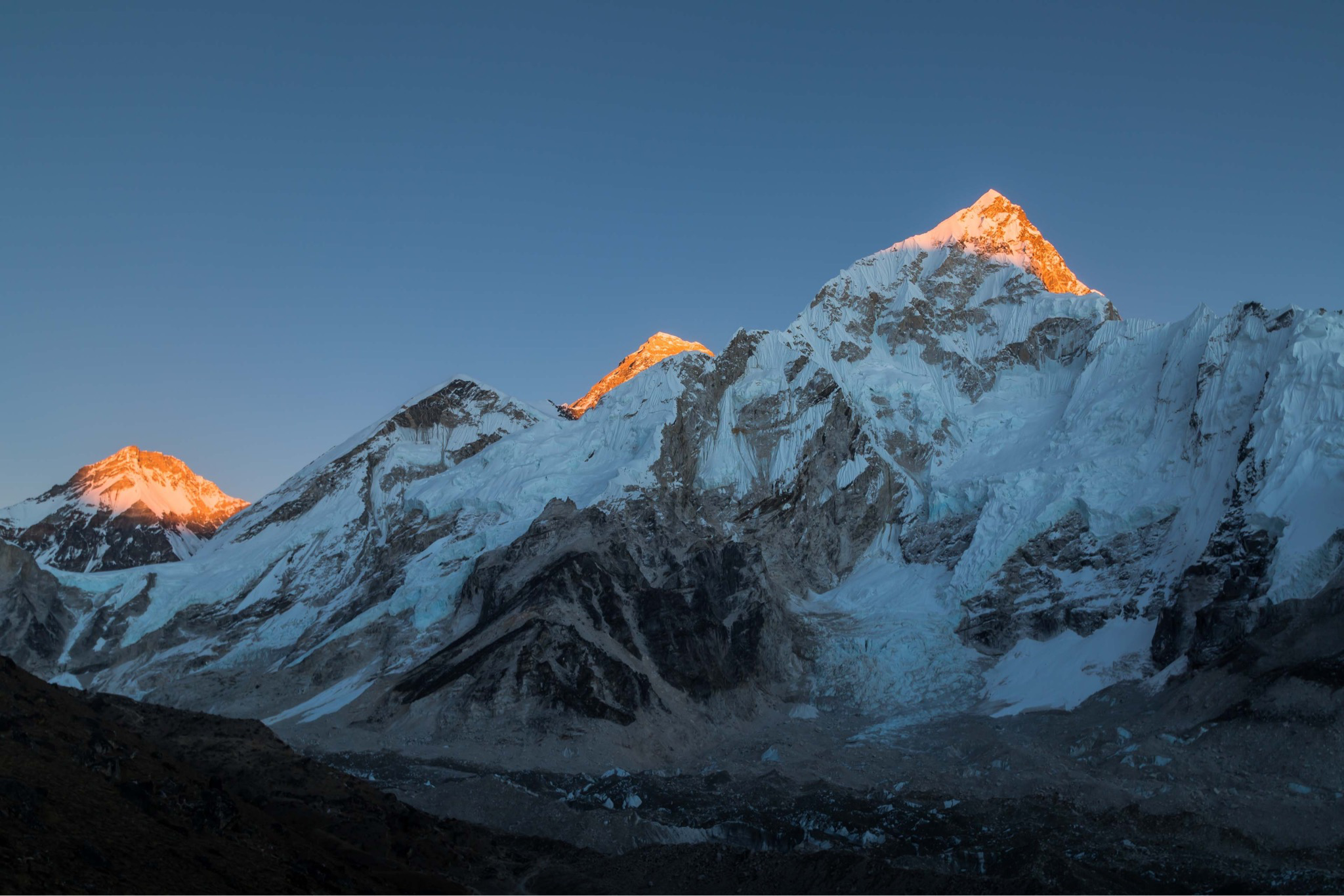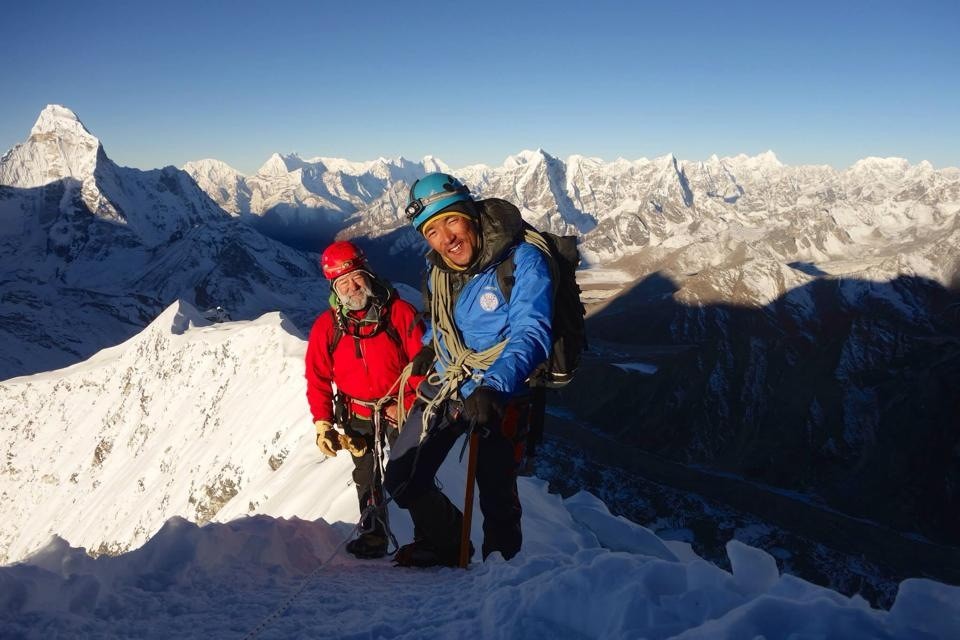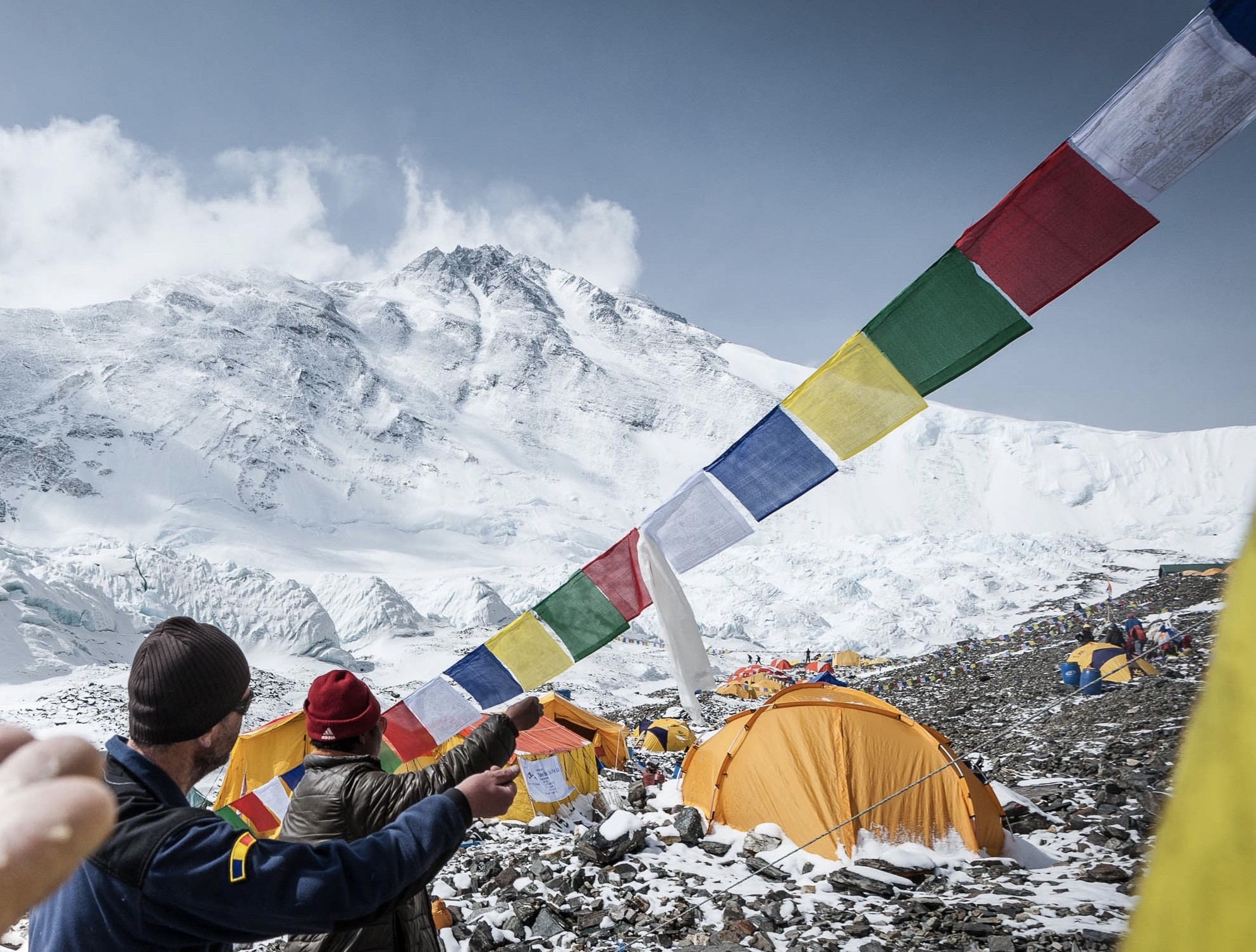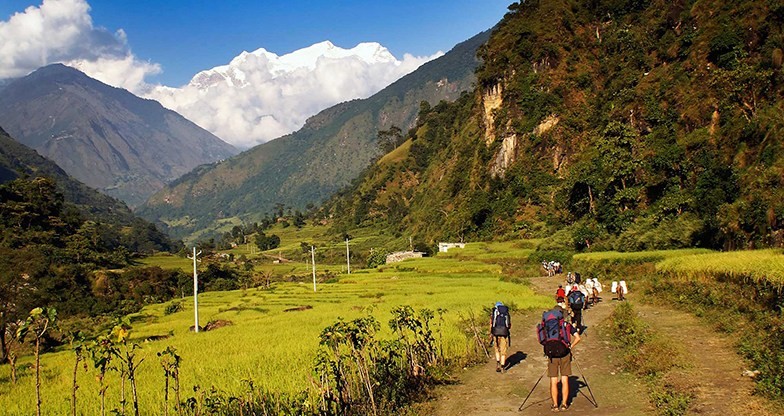

Everest base camp trek in Nepal is regarded as one of the most popular adventurous activities that any travel lover would love to join in. Everest base camp trek around the foothills of the highest Himalayas lets us feel the true feelings of exploring nature, culture, and adventure. From spectacular panoramic views of Everest Himalayan range from Kalapathhar viewpoint to rich insights into local Sherpa’s culture and traditions while making our way crossing several suspension bridges, riverbanks, rhododendron trees, visiting monasteries and chortens; overall trekking experience is just amazing!
An Everest base camp trek is the adventure of a lifetime, a journey for those whose dreams soar higher than even the clouds. Miles from cars, conveniences, and daily luxuries, you’ll saturate your spirit in natural beauty and stretch your personal endurance beyond what you thought possible.
Everest Base Camp Trek is a moderately challenging adventure and it is best recommended for all those adventure lovers who possess a good level of physical fitness with the ability to adapt to high altitude conditions. Regarding the best seasons, you will get a chance to meet mountaineers and witness blossoming rhododendron trees during the climbing season of Spring between the months of March and May. Whereas, Autumn is also peak season with clear weather conditions when thousands of trekkers aim for Everest Base Camp. Then from September to November, after the monsoon passes.

Trip Highlight
DAY
1
DAY
2
DAY
3
DAY
4
DAY
5
DAY
6
DAY
7
DAY
8
DAY
9
DAY
10
DAY
11
DAY
12
DAY
13
DAY
14
DAY
15
DAY
16
DAY
17
Trip Start: 2024-10-24
Trip End: 2024-11-06
spots available
Trip Start: 2024-04-02
Trip End: 2024-04-17
spots available
Trip Start: 2024-05-03
Trip End: 2024-05-18
spots available
Trip Start: 2025-10-10
Trip End: 2025-10-25
spots available
The main emphasis while trekking is on keeping warm and dry while still being lightweight. You should bring a rucksack or backpack for the gear required during the day. Your pack should contain items such as warm clothes, a jacket, a camera, water bottles, a personal first aid kit, and snacks. The weight limit is 5kg. A porter will carry the rest of your personal equipment packed in a duffel or kit bag. The weight limit for your duffel bag is 15 kg however it is different in the case of peak climbing and expedition.
A Note on Packing
For your international flights, we recommend that you pack all your equipment in your two duffle bags or suitcase. Do not simply pack your backpack (since the straps can be damaged by the baggage handling machines). It is important to lock these bags for their trip. Depending on the airport, you may be able to put your travel locks on after TSA has searched the bags. If not, Lock the bags with Zip Ties. If the TSA cuts off the zip-tie to search your bag, they will replace it. You will still need the travel locks to lock your bags in the hotel and during the trek. Generally, you will take one duffel on the trek , and leave one in the hotel in Kathmandu with your belongings for your time in the city. Your trek in duffel will only be accessible in the evenings (with items such as changes of clothing, sleeping bag), and your day pack will hold vitals such as water, layering, blister kit, and camera.
FOOTWEAR
Conclusion:
As the weather condition is unpredictable in the Himalayan region, you need to be prepared at all times. A day can start sunny with clear skies and later become cold and windy at the high altitudes.
Sometimes, it can rain and snow during the trekking period. You need to remember that for a successful trekking journey, your physical comfort must be the first priority.
Note:
Please note that these items listed above will vary according to the season, trek duration. Please remember that your luggage will be carried by the porter, but you need to carry a daypack on your own. We also suggest you pack only necessary items to keep the weight of your equipment to a minimum.
1
The most popular months for trekking in the Everest region are March, April, May, October and November, as these months are when the conditions are at their best. The spring and the autumn tend to offer reasonable temperatures, clear skies, little-to-no rain, and less chance of problematic snowfall.
2
The Everest region is a beautiful place to visit and a trek to Everest Base Camp is an ambition for many trekkers. Trekking to the base of the world’s highest mountain is a fantastic achievement and it is well worth the effort. Most people think the positives outweigh the drawback of walking on busier trails
3
Trekking to Everest Base Camp is an adventure of a lifetime. This trek can be a life-changing experience for many people. The difficulty level of the Everest Base Camp is moderate. The trekking time often requires two weeks. Even though the EBC Trek requires no prior trekking expertise, it is suggested that the trekker should be determined and be physically fit. Altitude is by far the most challenging aspect of the trek and is what makes it more difficult than your average trek of the same length
4
Most people will benefit from aerobic conditioning and strength endurance for Everest Base Camp. Although the trek is typically slow and steady, you will be trekking 5-8 hours per day and gaining on average 300m (1000 ft) in elevation each day


